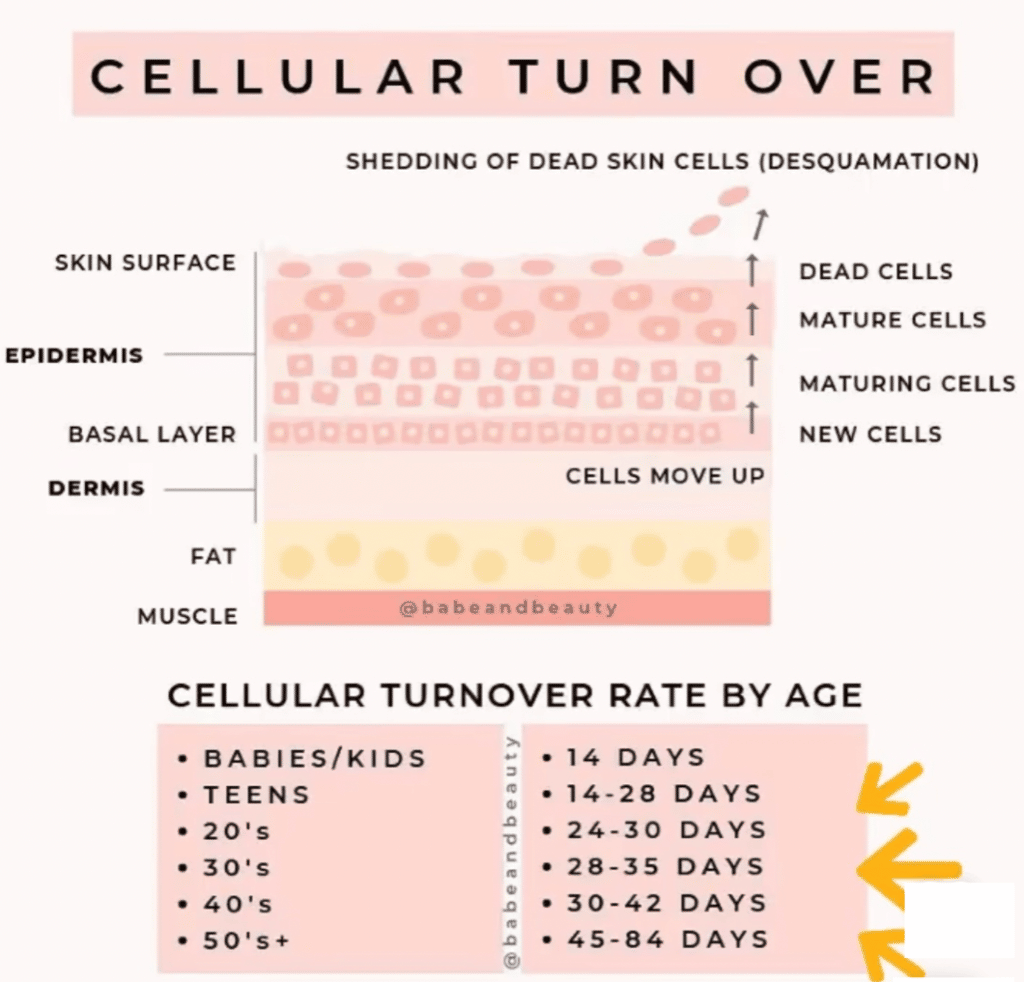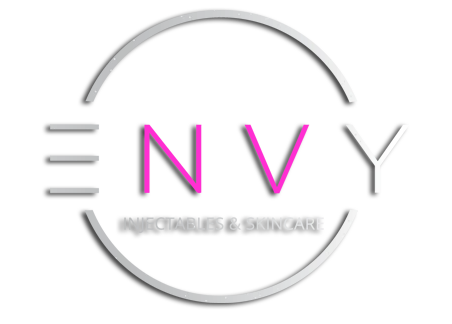
What is a Chemical Peel?
Chemical peels are designed to address a variety of skin conditions and will render the best results when done in a series of 3 or more. Your provider will discuss your concerns and the goals you are looking to achieve and then choose the best type of peel to achieve the best outcome. Chemical peels are an excellent choice when looking to treat sun spots, melasma, minimizing wrinkles, improving tone and texture, acne, acne scars, stretch marks, and surgical scars. This treatment is not limited to just the face; the most common areas to treat are the face, neck, and chest, however, chemical peels are also used to treat arms, legs, back, and stomach for scars and stretch marks.
How Does a Peel Work?
The goal of a chemical peel is to remove a predictable, uniform thickness of damaged skin, which subsequently allows for normal wound healing and skin rejuvenation to occur (Soleymani et al., 2018). A chemical solution is applied to the top layers of the skin, then over the next several days, the top layer will begin to lift and peel. The layer of skin that replaces the lost skin is new undamaged skin, smoother in appearance with a reduction in undesirable skin conditions. The depth of the peel determines the amount of time required to heal, light and medium depth peels have much less downtime than deeper peels. A light peel or superficial peel removes the outermost layer of skin known as the epidermis, healing time for this type of peel is 1-7 days. A medium peel removes the superficial layer in addition to a portion of the dermis, the deeper layer of the skin. The skin will peel on days 3-5 and is generally healed in 7-14 days. To achieve desired results 3-5 sessions are generally recommended. If you are looking for a deep peel it is important to note this level of depth can only be performed by a dermatologist. Given the extent of this type of peel, the downtime is 2-3 weeks at home. When determining the depth of the peel one must consider the condition being treated as well as individual skin type. Your provider will also need to obtain a thorough health history to decide your best course of treatment. Peels are not recommended for pregnant or nursing mothers.
What Kind of Results Can I Expect?
The results of a peel will improve skin’s appearance, temporarily, but cannot be permanent given our skin continues to age and continues to face damaging effects based on our day-to-day activities and environmental factors. Chemical peels are performed with the mindset of managing the aging process, not an end solution to a problem. The skin is our largest organ, therefore it begs to reason it would require continual and ongoing attention, care, and maintenance. In addition to cleansing, moisturizing, and sunblock, peels fit best as part of a regular routine. As we age our skin’s cell cycle is more prolonged, meaning the cells do not rapidly exfoliate on their own as they did when we were in our twenties, therefore it is recommended to receive peels on a quarterly basis, as best practice, to reduce unwanted signs of aging.

Maintaining a home-care regime is essential in producing the best results and minimizing side effects. Envy will send you home with post-peel products and instructions for 3-7 days of aftercare. The importance of wearing SPF 30+ can not be stressed enough. The physical block is the #1 and only acceptable choice when choosing a sunscreen. Physical blocks are those that have zinc oxide and titanium dioxide, these ingredients are the most effective at physically blocking UV radiation. Proper care prior to your chemical peel is also an important element in obtaining the best possible results; stop all glycolic acids and retinoids (Differin, Retina, Tazorac, tretinoin, etc.) at least 2 weeks before your appointment. If you are prone to hyperpigmentation (brown spots) you may be instructed to use a skin lightening agent for a duration of 2-4 weeks before the peel.
Will the Chemical Peel be Painful?
Generally speaking, chemical peels are not painful, you may feel a slight stinging sensation for a few seconds, a small handheld fan will help reduce the stinging and will it subside fairly quickly. The peel is applied topically and the skin takes on a slight numbing effect after the first pass.
What Side Effects Can Be Expected?
Side effects are minimal but it is important you know what to expect. Your provider will discuss the side effects of the peel prior to the treatment. If you have suffered from cold sores in the past the peel may reactivate the virus, we can provide a prescription if needed. You may notice some redness and itching as the skin begins to peel; envy will supply post-care products that have moisturizers and anti-itch ingredients to combat this. Infection is extremely rare since the peel solution kills bacteria, however still a possibility. Once the peel begins, transient dark spots can appear as the skin is bringing the damaged layer to the surface to be exfoliated, also as the skin purges, small breakouts post peel is a possibility.
What Do I Do After the Chemical Peel is Completed?
The skin is more vulnerable post peel and having this fresh new skin exposed to the sun would contribute to the precise reasons for doing the procedure in the first place. Properly taking care of your skin post peel is critical in maintaining the results as well as avoiding further damage. Avoiding the sun as much as possible for the first 2 weeks following your peel is recommended. As previously stated, sunscreen is the key factor in keeping skin protected and preventing new damage, this not only applies immediately following this procedure but with continual daily application of SPF 30+. Your clinician will provide you with products and a regime immediately following your treatment, following these instructions will ensure you achieve the best results and keep the skin protected. Once the peeling process begins you may be tempted to pull and tear the skin to help it along. It extremely critical to not pull, tear, rub or scratch the skin, this can cause an infection and scarring. Use the products as advised, this will keep the skin hydrated and prevent the skin from scarring. Avoid heating the skin up for the first 24-8 hours, this includes hot tubs, saunas and/or hot showers, and extreme exercise.
Regular chemical peel treatments can minimize wrinkles, and brown spots, and preserve smooth tone and texture. Adopting a daily skin routine of cleansing, moisturizing, and sunblock will support and assist to maintain the results of the peel and prevent further damage. We encourage all our patients to consider making peels a part of their anti-aging skincare regimen.
- Soleymani, T., Lanoue, J., & Rahman, Z. (2108). A Practical Approach to Chemical Peels: Review of Fundamentals and Step-by-step Algorithmic Protocol for Treatment. The journal of clinical and aesthetic dermatology, 11(8), 21-28.

